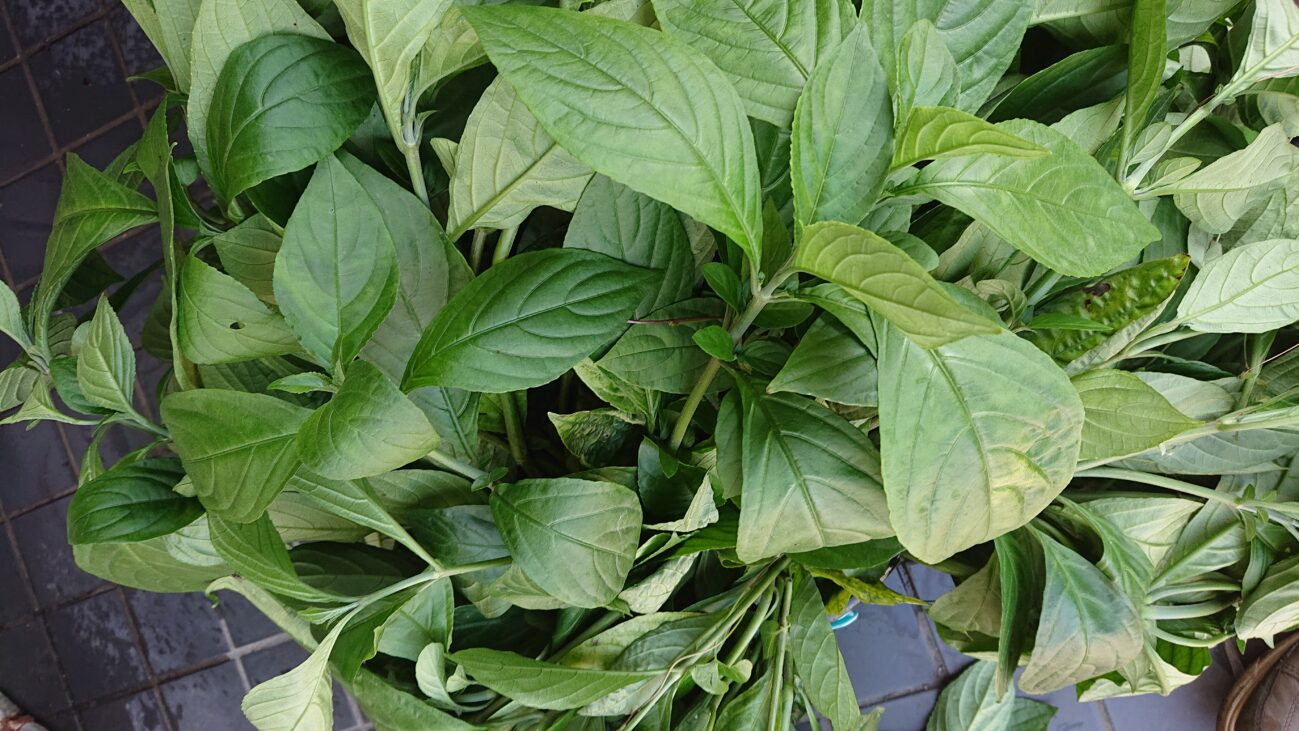
Hey AYA-jii, that plant used for blue dyeing—“Ryukyu Indigo”—can we really grow it in Tokyo?

Sure you can. Just protect it from harsh summer sunlight with some shade. In winter, as long as it avoids snow, it’s tougher than most people think.

Wow! So that means I could harvest indigo leaves right from my balcony garden?

Exactly. It even grows well from cuttings, so you can easily have several pots and enjoy a lifestyle with indigo around you.
- Balcony Gardening with Ryukyu Indigo: Beauty and Benefits
- History and Cultural Roots of Ryukyu Indigo
- Balcony Gardening Tips: Growing Ryukyu Indigo in Tokyo’s Summer
- Winter Care for Ryukyu Indigo: Balcony Advantages
- Propagating Ryukyu Indigo: Easy Cuttings for Beginners
- Indigo Dyeing on the Balcony: Small DIY Projects
- Conclusion: Start Your Indigo Life on a Tokyo Balcony
Balcony Gardening with Ryukyu Indigo: Beauty and Benefits
It may come as a surprise, but even in a small urban balcony garden you can grow Ryukyu Indigo, a plant traditionally seen in Okinawa and Kagoshima. Adding this “blue story” into city life brings a refreshing touch of nature to your home.
There are three main charms:
- As an ornamental plant – fresh green leaves and small flowers brighten the summer balcony, bringing coolness just by looking at them. Indoors, it also works well as a houseplant and interior accent.
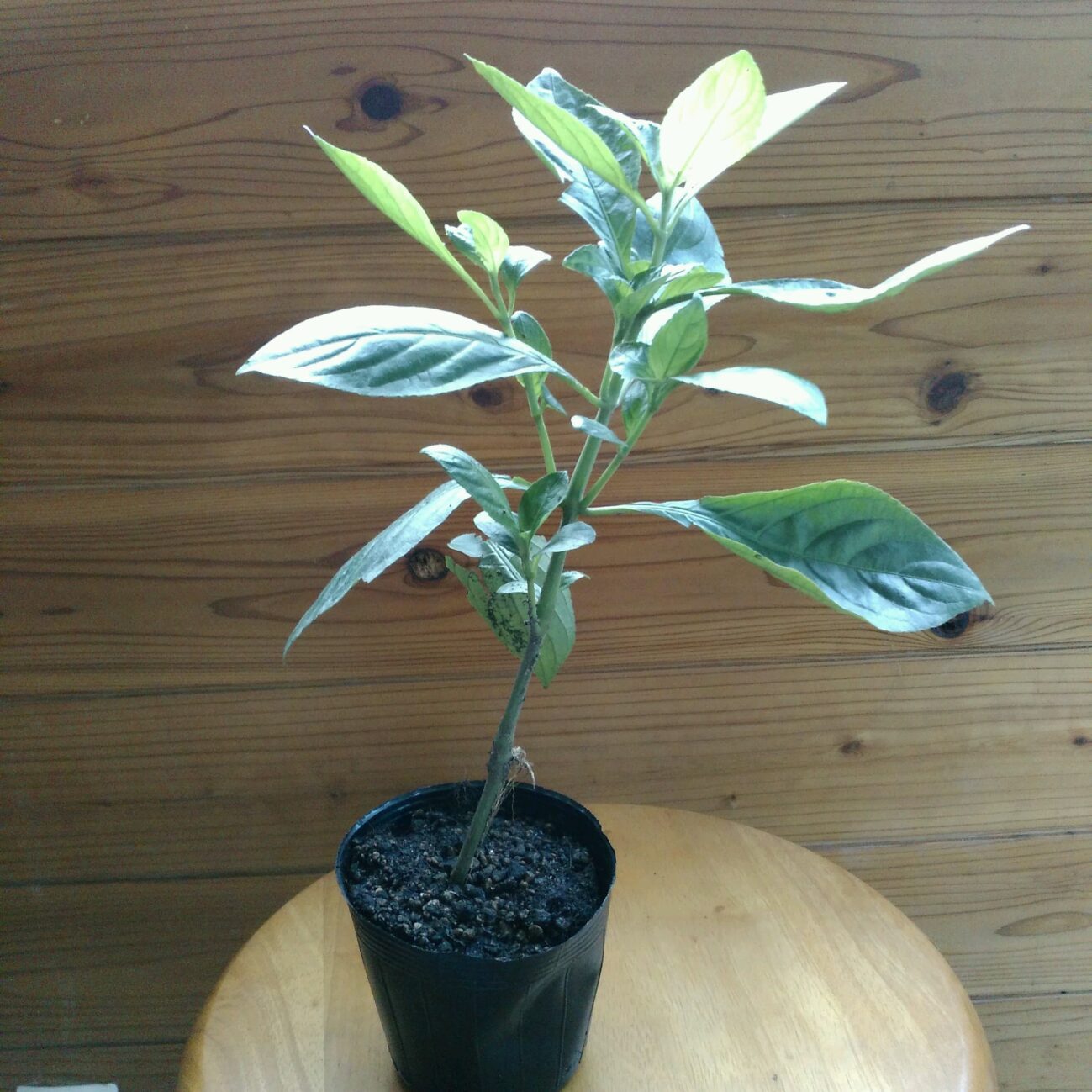
- As a dye plant – its leaves can be used for indigo dyeing, giving soft shades of blue that bring a creative spark to daily life.
- Ease of cultivation – with a little shade in summer and protection from snow in winter, it adapts well to Tokyo. Plus, it’s easy to multiply through cuttings.
History and Cultural Roots of Ryukyu Indigo
Ryukyu Indigo has been used for centuries in Okinawa for indigo dyeing. Widely cultivated across Amami and the southern islands, it played an essential role in clothing culture. Indigo dye—often called Japan Blue—became a globally recognized traditional color.
The indigo extracted from this plant was more than just a dye. It strengthened fabrics, provided antibacterial and insect-repelling qualities, and kept summer garments cool and durable. That’s why indigo-dyed yukata and workwear were cherished for generations.
Growing Ryukyu Indigo on a Tokyo balcony is more than just balcony gardening—it’s a way of connecting with history and cultural heritage.
Balcony Gardening Tips: Growing Ryukyu Indigo in Tokyo’s Summer
Protect from Harsh Sunlight
While heat-tolerant, the plant is sensitive to midsummer sun. Afternoon sunlight on a Tokyo balcony can scorch leaves and damage roots. Shade nets or bamboo blinds help—give full morning sun, then filtered light later.

Best Planters and Soil for Ryukyu Indigo
Choose deep planters (30 cm or more) and mix pumice or perlite into soil for better drainage. In spring, leaves spread quickly, and until midsummer, sunlight is beneficial for healthy growth.
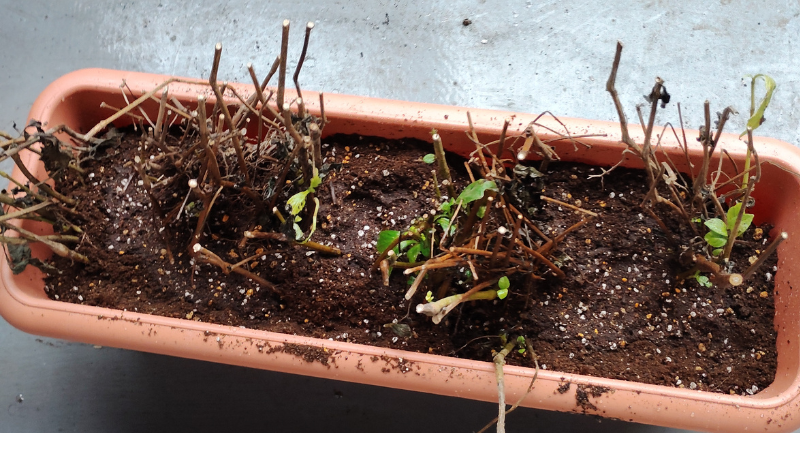
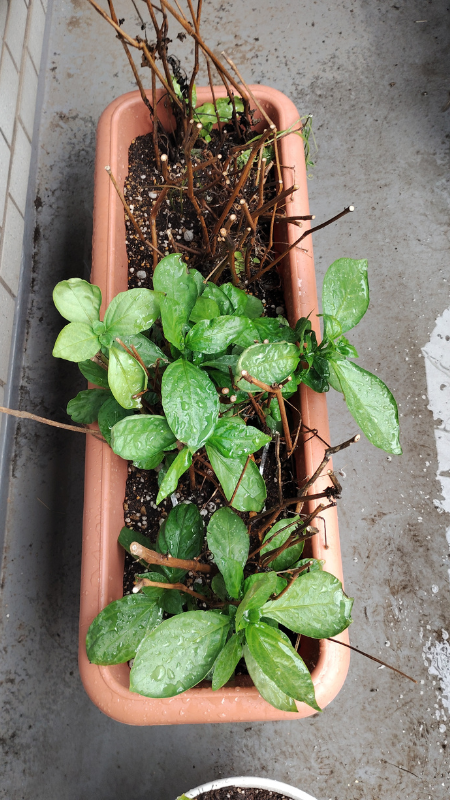
Winter Care for Ryukyu Indigo: Balcony Advantages
Although sensitive to cold, Ryukyu Indigo can survive Tokyo winters if protected from snow. Balconies often have roofs or walls that reduce snow and wind exposure. Placing pots near walls or outdoor units softens nighttime cold. On freezing nights, bringing them indoors ensures healthy regrowth in spring.
Propagating Ryukyu Indigo: Easy Cuttings for Beginners
Another charm is how easily it multiplies. Cut healthy branches about 10 cm long, place in water until roots show, then plant in fine akadama soil. Within weeks, you’ll have a new plant.
Pro tip: set small pots in a shallow water tray (a hydroponic-style setup) to keep soil moisture stable—this increases success rates dramatically.(Insert
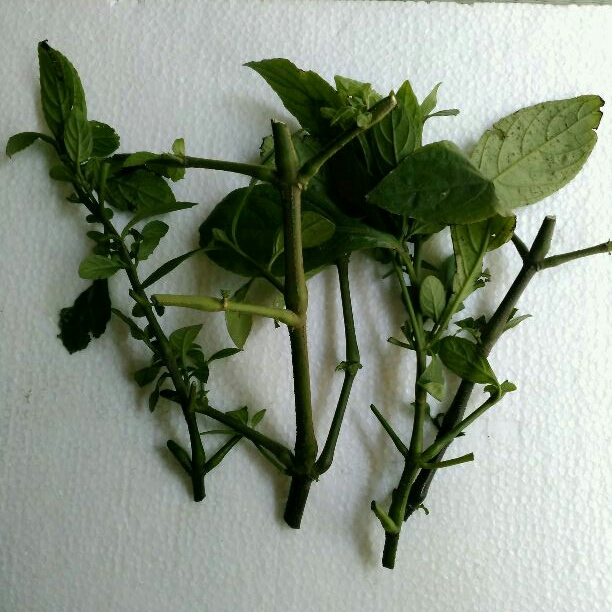
From a single plant, you can create many—share with friends or keep some for dyeing and others as mini bonsai-style display plants.
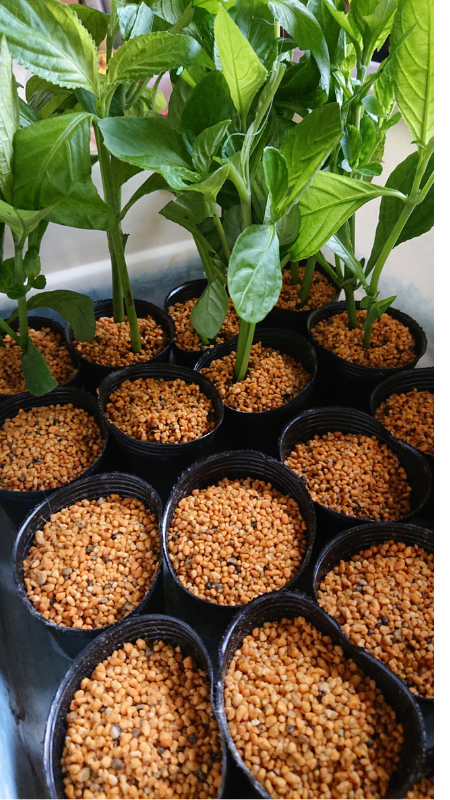
Indigo Dyeing on the Balcony: Small DIY Projects
Even with a small harvest, you can try indigo dyeing. Chop the leaves, soak them in water, and knead fabric to release a soft blue. Perfect for small items like handkerchiefs or coasters.
Another method is blending fresh leaves with water to make a liquid dye. For beginners, silk fabric is recommended as it absorbs the color beautifully, resulting in a vivid “Ryukyu Blue.”
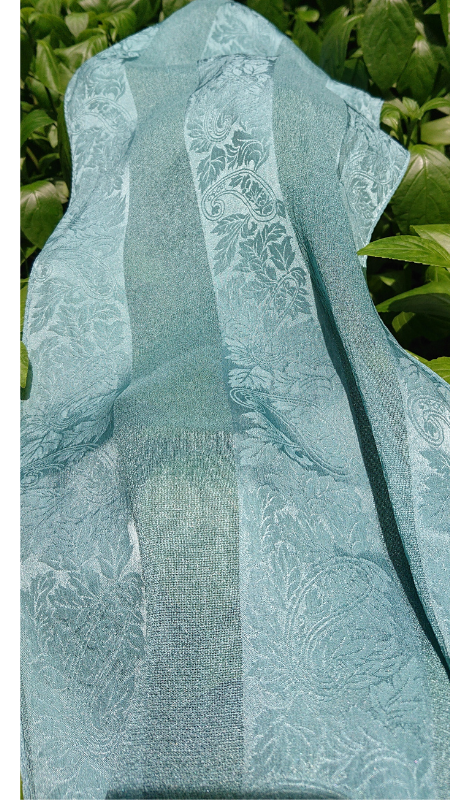
This simple craft brings quiet joy into busy city life. Watching freshly dyed fabric dry on your balcony feels like running your own tiny workshop.
Conclusion: Start Your Indigo Life on a Tokyo Balcony
Yes, Ryukyu Indigo can thrive even on a Tokyo balcony. Just remember:
- Protect it from harsh summer sun
- Keep it snow-free in winter
- Propagate easily through cuttings
With these three points, anyone can enjoy balcony gardening with this traditional plant.
A “life with indigo” doesn’t require a large garden or farmland. Start with one pot of Ryukyu Indigo, and you’ll find a calm, beautiful story in blue unfolding right on your balcony.
